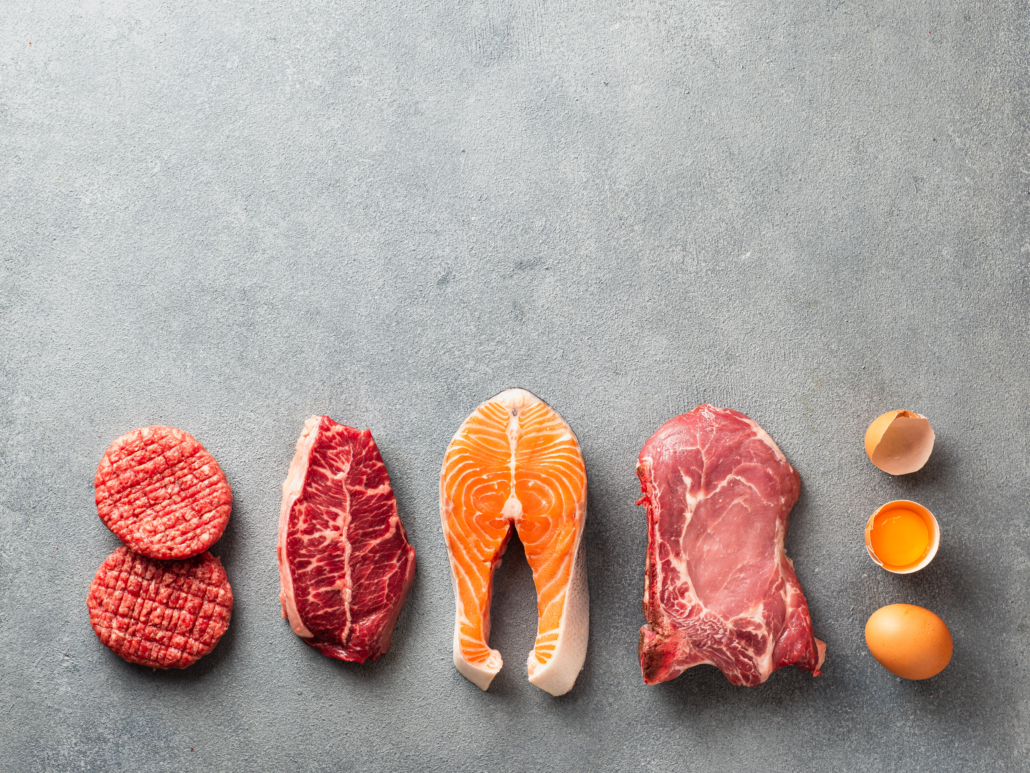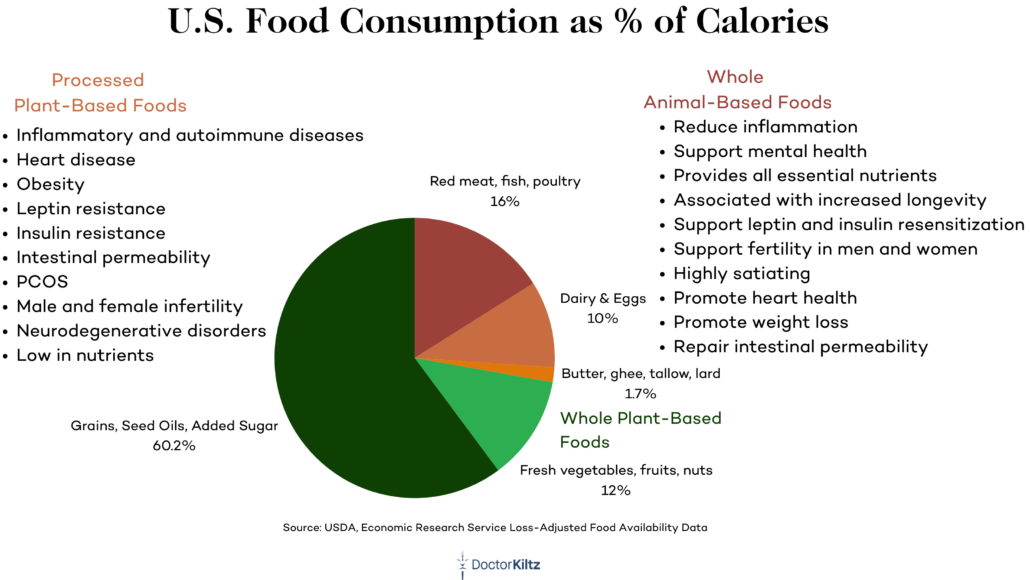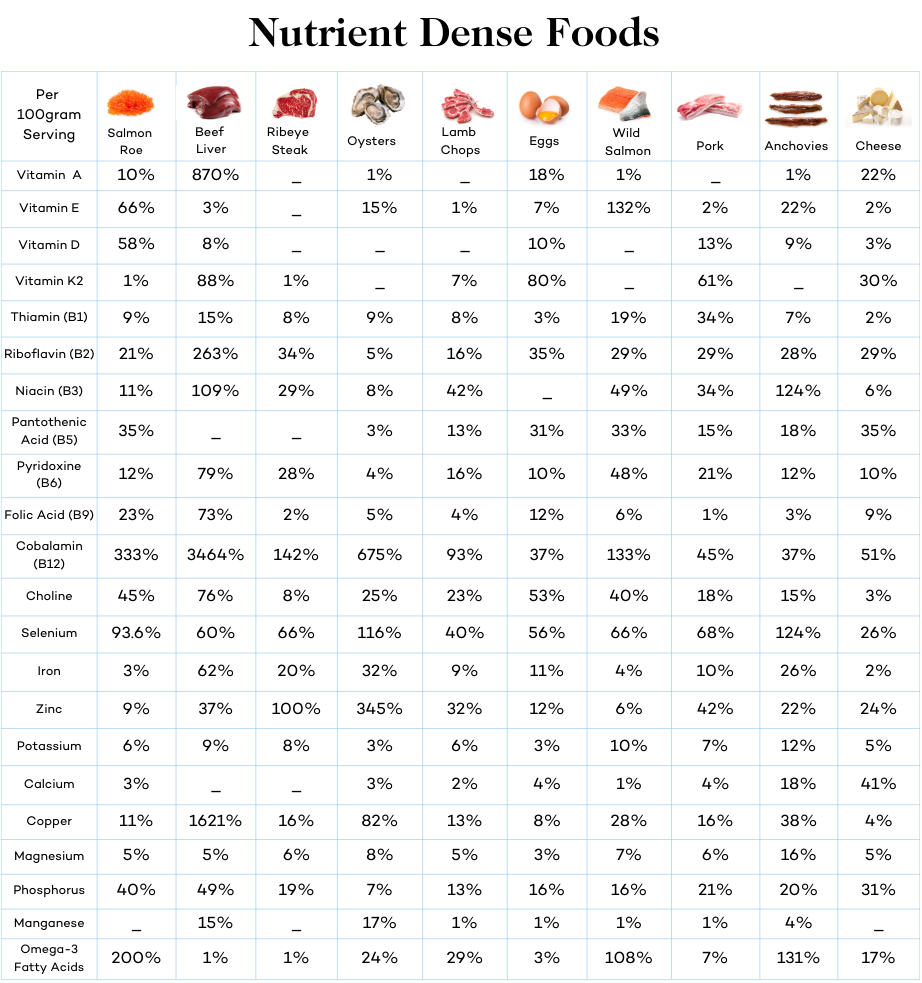We include products in articles we think are useful for our readers. If you buy products or services through links on our website, we may earn a small commission.
What is A Modified Carnivore Diet?

The carnivore diet is a way of eating that calls for eating only animal products and eliminating all plant and processed foods. For nearly everyone used to a modern Western diet, this will mark a dietary revolution. So, it’s understandable that for many people, modifying a carnivore diet to make the transition less demanding or to allow for specific noncarnivore foods is a common approach.
In this article, we’ll explore some of the popular approaches to a modified carnivore diet, including their benefits and drawbacks.
Table of Contents
Dr. Kiltz’s BEBBIIS Plan
The B.E.B.B.I.I.S. (pronounced “babies”) plan is an animal-based diet developed by the namesake of this website. Dr. Robert Kiltz developed this way of eating during his decades as a fertility doctor, helping countless people become parents, often through dietary interventions alone.
BEBBIIS is an acronym that stands for a selection of “archetypal” foods. It’s more a rule of thumb than a narrow food list. BEBBIIS stands for
- Bacon: Fatty pork products.
- Eggs: All types of eggs, including salmon roe–a fertility staple among many traditional diets.
- Butter: All animal fats, including ghee, tallow, lard, heavy cream, and cheeses
- Beef: All “red” meat from ruminant animals, including cow, bison, lamb, goat, elk etc
- Ice cream: specifically Kiltz’s homemade keto ice cream, which can be made with or without a very small amount of sugar.
- Intermittent feasting: Restricting your eating to shorter windows on a daily basis. For Dr. Kiltz, eating one large meal (feast) a day, known as OMAD, is the optimal approach.
- Salt: An essential nutrient that your body needs to function. When you cut out processed foods you eliminate most of the salt in your diet, so you’ll need to salt your whole BEBBIIS foods liberally.
Foods that are not on the list, but encouraged include chicken wings (but not breast–too lean), fatty fish like salmon, organ meats, especially duck and beef liver, and shellfish such as oysters and mussels. Dr. Kiltz also allows for “treats” once in a while, such as homemade tallow-fried french fries.
Ancestral Carnivore Diet
The ancestral carnivore diet includes healthy doses of organ meats such as liver, spleen, marrow, heart, pancreas, and brains.
This way of eating is considered “ancestral” because it’s likely the closest modern humans can come to the way our ancestors ate for nearly two million years. Our ancestors prized organ meats for their unsurpassed nutrient density.
Even so, this way of eating is still based on fatty cuts of muscle meat like ribeye steak, fatty fish, pork, poultry, animal fats like butter, and can even include dairy.
Another term for this approach is the Nose-to-tail carnivore diet.
Meat and Fruit Modified Carnivore Diet
The meat and fruit diet is basically the standard carnivore diet modified with the addition of fresh fruit.
Proponents of the meat and fruit diet point out that many populations of early humans had at least seasonal access to fresh fruits. However, ancient fruits were much smaller, more fibrous, and far less sweet than the cultivated fruits that we modern humans are familiar with.
Choosing low-toxin, low-carb fruits is critical for most people who modify the carnivore diet with fruit. Otherwise, you can inhibit your body from properly metabolizing the high amounts of animal fats. If consuming large amounts of fruit, you’ll want to eat leaner meats, which diminishes the benefits of the “zero-carb” element of carnivore.
Naturally lean and highly active people like Dr. Paul Saladino–who popularized this eating method–may be best suited to an animal-based diet with lots of fruit. Keep in mind that Dr. Saladino surfs for 2-3 hours each day and lives in a tropical environment with an abundance of fresh local fruit.
One of the benefits of this way of eating is that it allows hard-training athletes to replenish the glycogen (a kind of carbohydrate) stored in muscles.
The carnivore diet with fruit is actually the origin of the term “animal-based.” Dr. Saladino coined this term to cover his transition from a diet of only animal products to one that includes fresh fruit and honey.
A note of caution: Our modern high-sugar diet is likely the leading cause of inflammation and hormonal imbalances that underly numerous metabolic disorders and diseases. Cutting sugar on the carnivore diet is a key factor in its numerous health benefits. Consuming sugary fruits likely diminishes these benefits.
Carnivore diet Modified with Leafy Greens
Known as the meat and greens diet. This way of eating was popularized by the psychologist Jordan Peterson, and it’s one of the most minimal versions of the modified carnivore.
The meat and greens approach calls for consuming only steak, water, salt, and greens, with tallow for cooking. In this way, it is a type of elimination diet.
After 30-90 days of strict beef and greens, you can slowly expand your variety by adding in other animal-based foods like butter, pork, eggs, seafood, poultry, and eventually cheese.
A note of caution: Leafy greens are high in a naturally occurring plant toxin called oxalic acid, or oxalates. These little crystals act like spears that can damage your intestinal lining, causing leaky gut. Once your gut barrier is damaged, oxalates pass into your bloodstream and get deposited throughout your body tissue, causing inflammation.
Oxalates can also inhibit the absorption of important nutrients like zinc and calcium.
Cutting out plant foods that contain oxalates on the standard carnivore diet can result in symptoms of oxalate dumping as the body expels the accumulated oxalate load.
Ketovore Diet
The ketovore diet is basically the carnivore diet formulated to meet the standard keto macronutrients. This looks like
- 70-80% of calories from fat
- 20-30% of calories from protein
- 0-10% of calories from carbohydrates
What makes it ketovore and not simply carnivore–which is essentially a keto diet since most animal products are zero carb–is that it allows for the addition of some low-carb non-animal products like veggies, fruits, and keto snacks. Another way to think of this diet is a meat-based keto diet.
What do All Modified Carnivore Diets Have in Common?
All modified carnivore diets center the vast majority of calories around nutrient-dense animal products and eliminate all processed foods.

Plants are non-essential and treated as such. Animal products provide so much more than the “protein” that most people think of, and carnivore dieters of all stripes know this.
Animal products are superior in terms of variety, density, and bioavailability (the ability of your body to absorb) nearly every nutrient our bodies need to thrive. There’s even a scientific term for the nutritional superiority of meat; “meat efficiency.”

Modified Carnivore Diet: The Bottom Line
A modified carnivore diet isn’t a single way of eating. Rather, it encompasses various ways that people have modified the carnivore diet to suit their dietary needs and desires.
For some people like Dr. Saladino, this means adding in tropical fruits to fuel high-intensity sports activities. Meanwhile, for Dr. Kiltz, it allows for occasional homemade treats like tallow-fried french fries and ice cream with a hint of sugar. For psychologist Jordan Peterson, modified carnivore looks like the meat, salt, and water diet with the addition of cooked leafy greens.
After all these modifications one thing remains constant–fatty ruminant meats rule, accounting for the vast majority of calories.




















